Robotic Inspection Camera
100000.00 INR/Unit
Product Details:
- Usage Pipe inspection, Drain and sewer inspection, Duct Inspection.
- Function Video recording, Picture capture, zoom, view content.
- Accuracy 100% %
- Click to View more
X
Robotic Inspection Camera Price And Quantity
- 100000.00 INR/Unit
- 1 Unit
Robotic Inspection Camera Product Specifications
- Pipe inspection, Drain and sewer inspection, Duct Inspection.
- Video recording, Picture capture, zoom, view content.
- 100% %
Robotic Inspection Camera Trade Information
- 100 Unit Per Month
- 3 Week
Product Description
Leveraging on our vast industry experience, we are providing a quality range of Robotic Inspection Camera. In the manufacturing process of this camera, our vendors utilize the finest grade components and advance technology in compliance with the set industry norms. This Robotic Inspection Camera is very compact in design and is easy to install & maintain. Known for high performance, high picture quality and efficiency, offered range is used for surveying or inspection at metro stations, railways, airports, offices, gyms, etc. This camera offered by us is available in various sizes and technical specifications as per the needs of our valuable clients.
Robotic Inspection Camera Applications:
1. Manufacturing: In manufacturing industries, robotic inspection cameras are used to inspect products for defects, ensuring quality control. These cameras can detect flaws in manufacturing processes, such as surface defects, dimensional inaccuracies, and assembly errors.
2. Aerospace: Robotic inspection cameras are utilized for inspecting aircraft components, engines, and structures. They can access hard-to-reach areas and perform detailed inspections to ensure the safety and reliability of aerospace systems.
3. Automotive: Automotive manufacturers use robotic inspection cameras for quality control during the production of vehicles. These cameras inspect various components, such as welds, paint finishes, and assembly accuracy, to maintain high-quality standards.
4. Infrastructure Inspection: Robotic inspection cameras are employed for inspecting bridges, pipelines, tunnels, and other infrastructure assets. They can navigate through confined spaces and hazardous environments to identify structural defects, corrosion, and other issues that may compromise safety.
5. Oil and Gas: In the oil and gas industry, robotic inspection cameras are used for inspecting pipelines, storage tanks, and offshore platforms. They can perform inspections in challenging environments, such as underwater or high-temperature areas, to detect leaks, corrosion, and structural weaknesses.
6. Power Generation: Robotic inspection cameras play a crucial role in inspecting power plants, including boilers, turbines, and electrical systems. They help identify equipment degradation, overheating, and other issues that could lead to power outages or safety hazards.
7. Security and Surveillance: Robotic inspection cameras are utilized for security and surveillance purposes in various settings, such as airports, industrial facilities, and public spaces. These cameras can patrol areas autonomously, detect intrusions, and provide real-time monitoring of suspicious activities.
8. Medical: In the medical field, robotic inspection cameras are used for minimally invasive surgeries and diagnostic procedures. These cameras provide high-definition imaging capabilities, allowing surgeons to visualize internal organs and tissues with precision.
9. Environmental Monitoring: Robotic inspection cameras are employed for environmental monitoring tasks, such as inspecting wildlife habitats, assessing pollution levels, and monitoring ecological changes in remote areas.
10. Construction: In construction projects, robotic inspection cameras are used for inspecting building structures, foundations, and infrastructure installations. They can assess construction quality, identify defects, and ensure compliance with building codes and regulations.
Robotic Inspection Camera FAQ:
1. What is a robotic inspection camera?
Ans: A robotic inspection camera is a specialized device equipped with a camera and often other sensors mounted on a robotic arm or platform. It is designed to navigate through tight spaces, hazardous environments, or areas inaccessible to humans, capturing images or video for inspection and analysis purposes.
2. How does a robotic inspection camera work?
Ans: Robotic inspection cameras typically utilize a combination of motors, gears, and sensors to maneuver the camera head or platform. They may be controlled remotely by an operator or operate autonomously using pre-programmed instructions. The captured images or video feed are transmitted to a display or computer for analysis.
3. What are the key features of robotic inspection cameras?
Ans: Key features of robotic inspection cameras may include high-definition imaging capabilities, articulating or flexible camera heads, remote control or autonomous operation, rugged construction for durability in harsh environments, and compatibility with various sensors for additional data collection.
4. What are the main applications of robotic inspection cameras?
Ans: Robotic inspection cameras find applications in industries such as manufacturing, aerospace, automotive, infrastructure inspection, oil and gas, power generation, security and surveillance, medical, environmental monitoring, and construction. They are used for quality control, safety inspections, structural assessments, surveillance, and more.
5. What are the advantages of using robotic inspection cameras?
Ans: Some advantages of robotic inspection cameras include their ability to access confined spaces or hazardous environments, their capability to perform inspections with high precision and repeatability, their potential for reducing the need for human entry into dangerous areas, and their ability to capture detailed imagery for analysis.
6. Are robotic inspection cameras suitable for underwater inspections?
Ans: Yes, many robotic inspection cameras are designed for underwater inspections, equipped with waterproof casings and features to withstand underwater pressure. They are used for inspecting underwater infrastructure, marine vessels, and offshore installations.
7. Can robotic inspection cameras be integrated with other inspection technologies?
Ans: Yes, robotic inspection cameras can be integrated with various sensors and inspection technologies, such as ultrasonic testing, thermal imaging, laser scanning, and magnetic particle inspection, to enhance their capabilities and provide more comprehensive inspection data.
8. What factors should be considered when choosing a robotic inspection camera?
Ans: When choosing a robotic inspection camera, factors to consider include the specific inspection requirements, such as the size and type of objects to be inspected, environmental conditions, desired imaging resolution, mobility requirements, compatibility with existing systems, and budget constraints.
9. How do robotic inspection cameras contribute to efficiency and safety in industrial settings?
Ans: Robotic inspection cameras contribute to efficiency and safety in industrial settings by reducing the need for manual inspections in hazardous or hard-to-reach areas, minimizing downtime for equipment inspection and maintenance, improving inspection accuracy and reliability, and enhancing worker safety by avoiding exposure to dangerous environments.
10. What are some future trends or advancements in robotic inspection cameras?
Ans: Future trends in robotic inspection cameras may include advancements in autonomous navigation and decision-making capabilities, integration with artificial intelligence for real-time defect detection and analysis, miniaturization for increased portability and flexibility, and the development of specialized robotic systems for specific industries or applications.
Tell us about your requirement

Price:
Quantity
Select Unit
- 50
- 100
- 200
- 250
- 500
- 1000+
Additional detail
Mobile number
Email
 English
English Spanish
Spanish French
French German
German Italian
Italian Chinese (Simplified)
Chinese (Simplified) Japanese
Japanese Korean
Korean Arabic
Arabic Portuguese
Portuguese
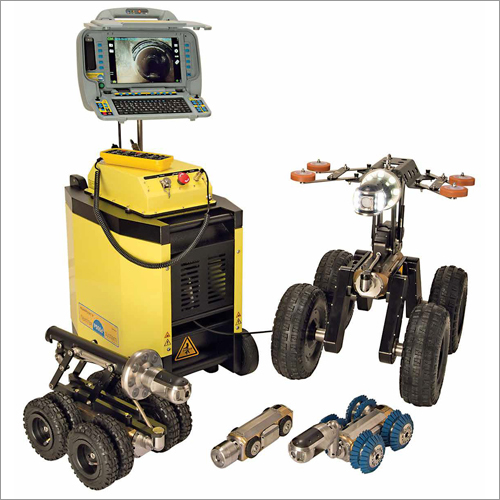

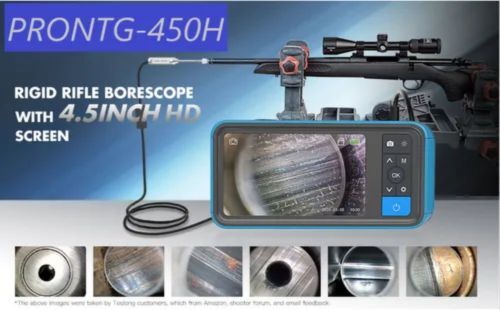
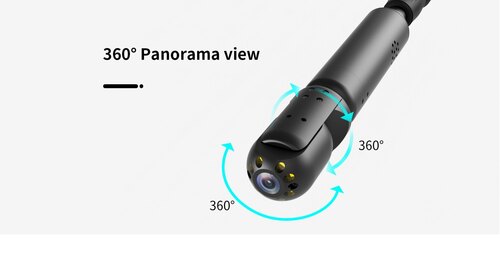
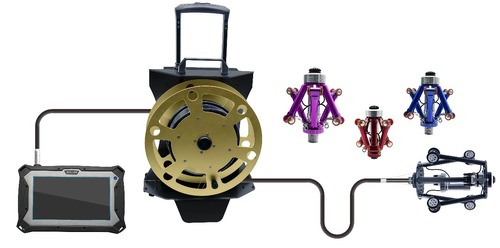
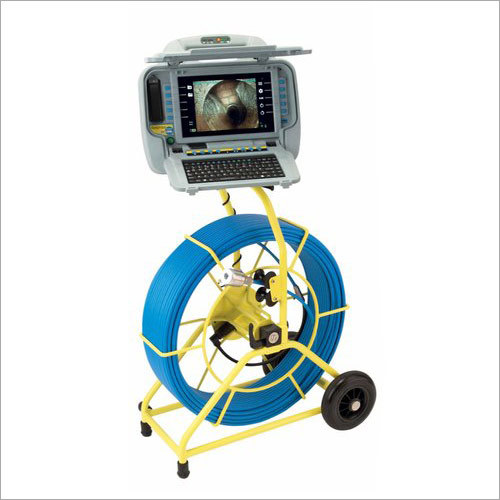
 Call Me Free
Call Me Free
